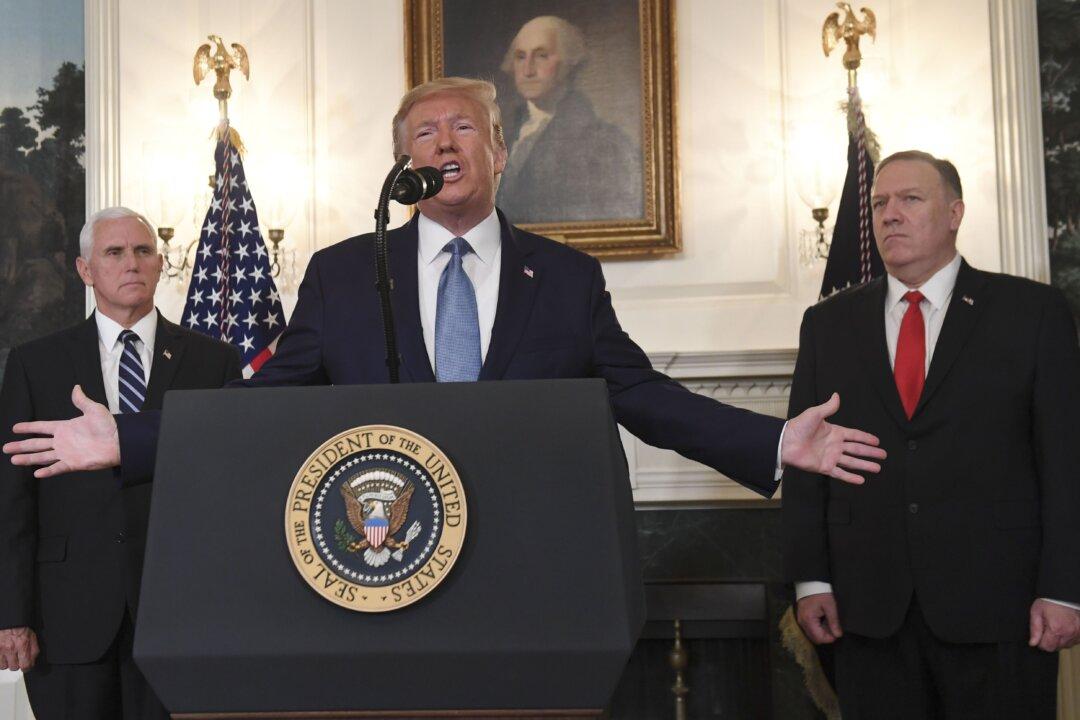President Donald Trump announced on Oct. 23 that Turkey has agreed to a permanent ceasefire in northern Syria. The United States will thus lift sanctions imposed on Turkey in response to its two-week incursion into its southern neighbor’s territory.
“We’re achieving a much more peaceful and stable area between Turkey and Syria,” he said, though noting that “you would also define the word ‘permanent’ in that part of the world somewhat questionable, we all understand that.”





